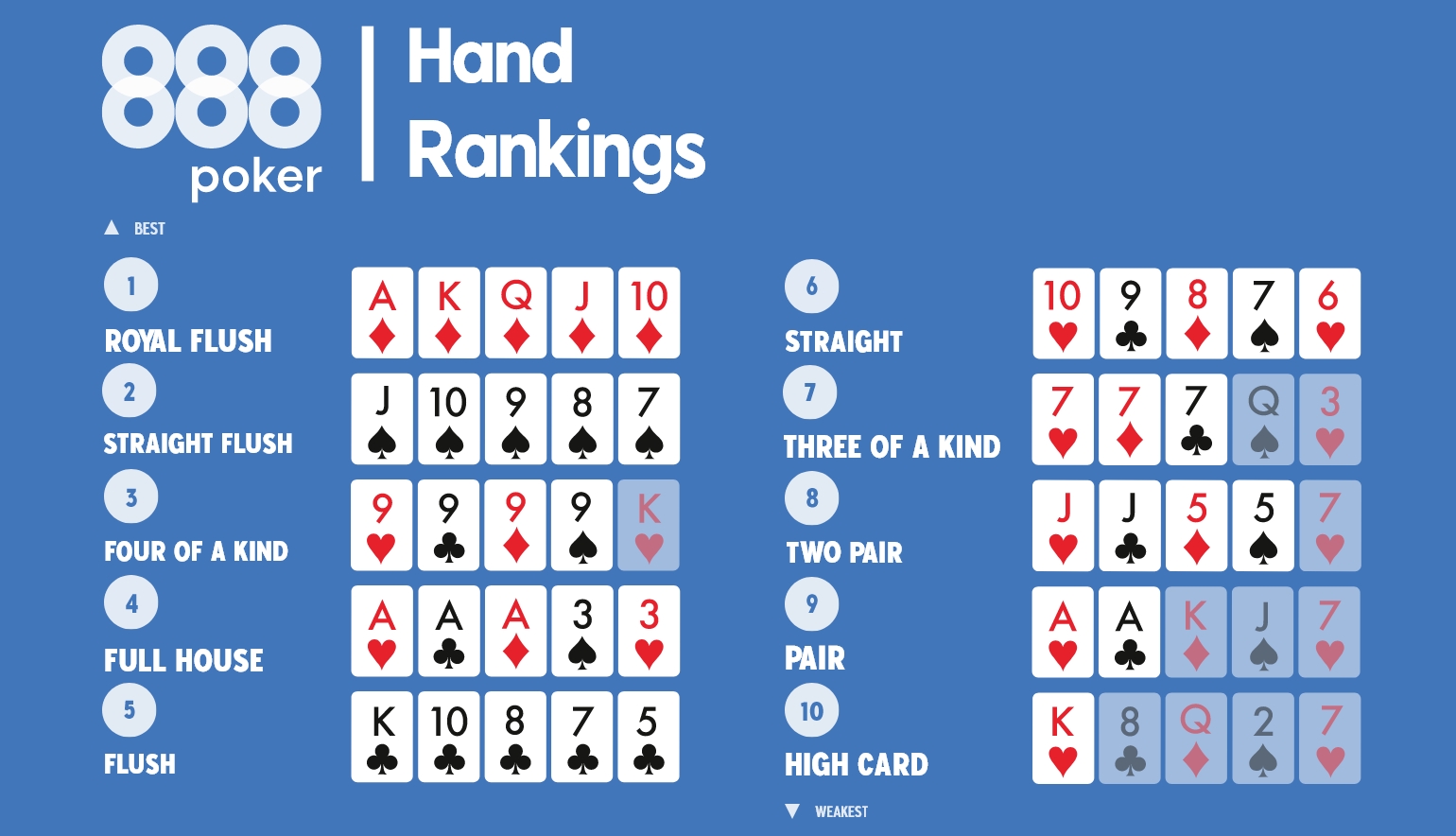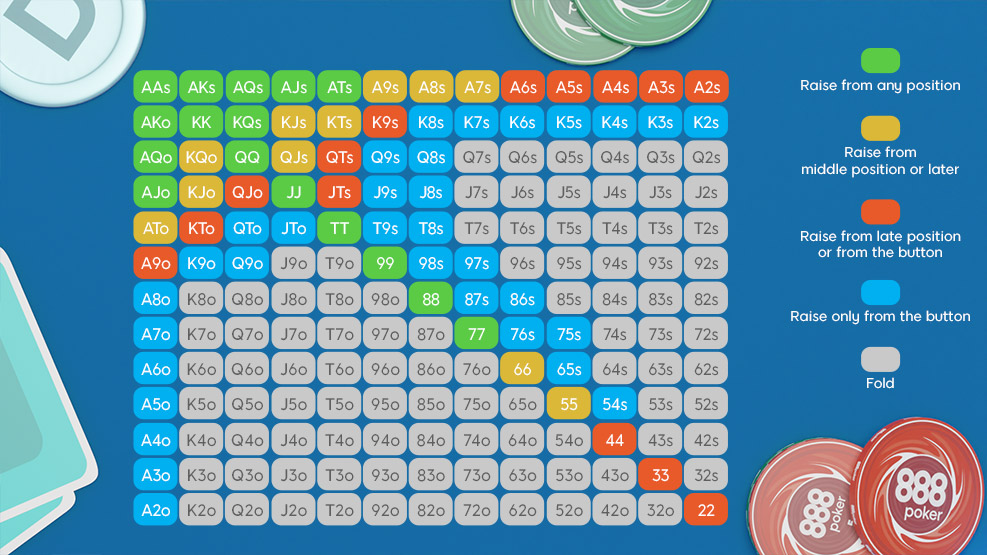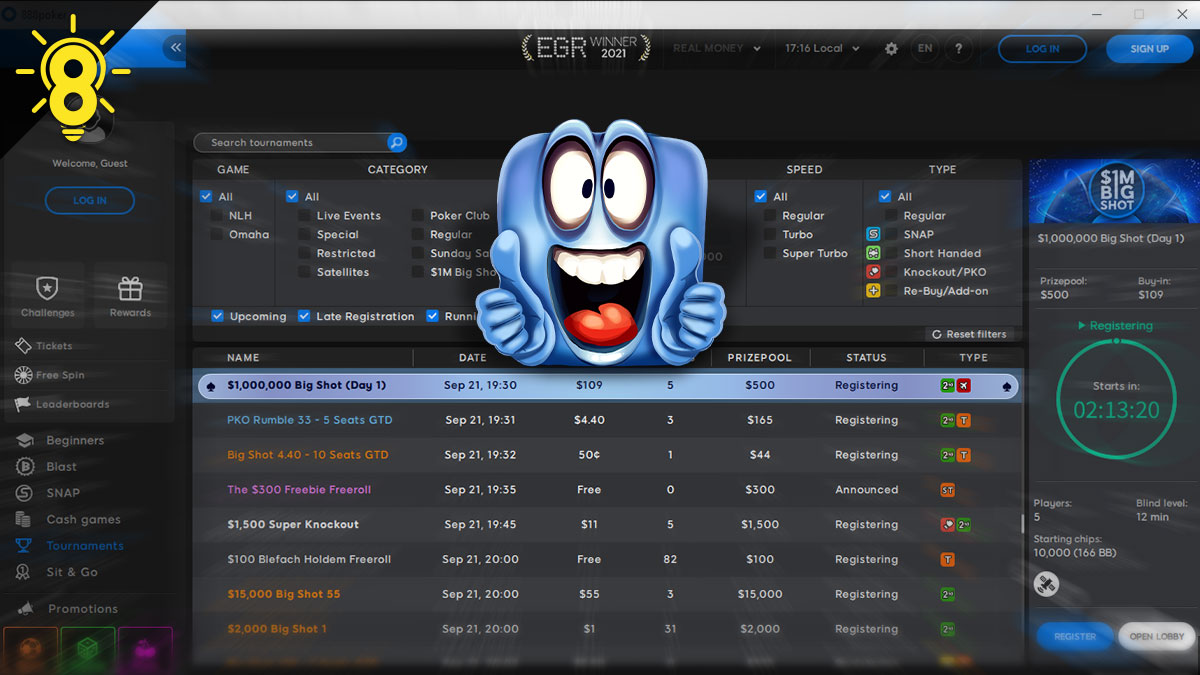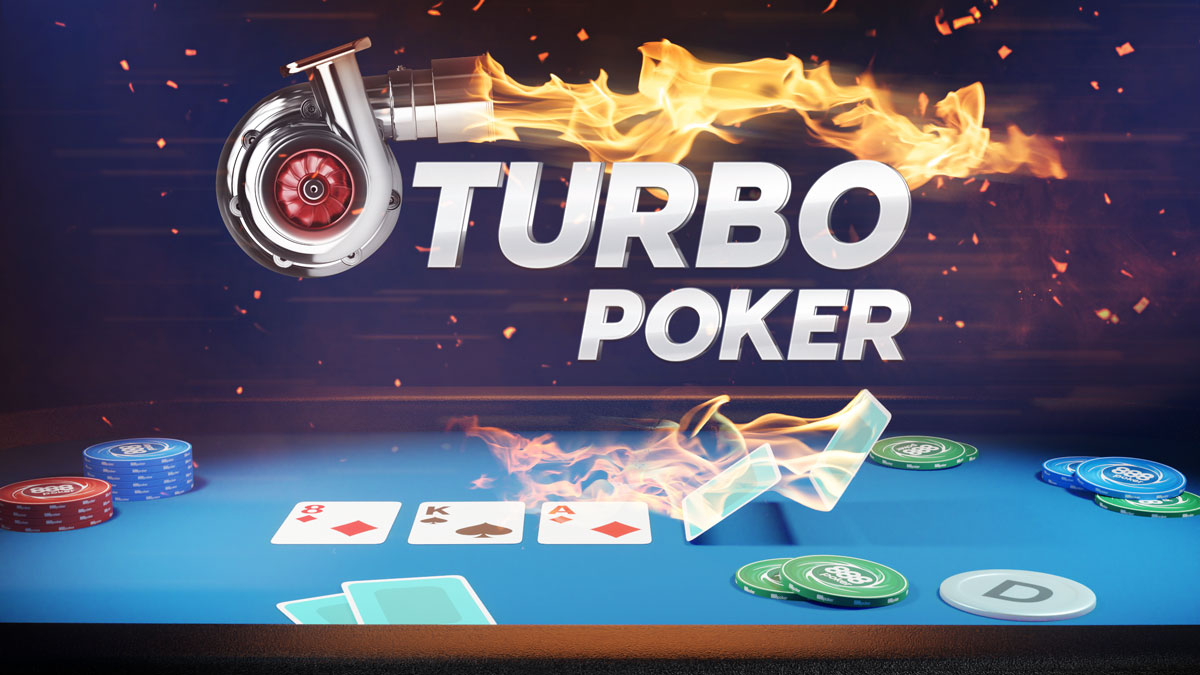Successful players in games like Hold'em tend to make fewer mistakes with their bet sizing. While you can't see your opponents' cards before deciding your bet amounts, by analyzing the information available about your opponents and their hand-play thus far, you can determine how much to wager.
For instance, a loose caller is more likely to stick around with a middle pair. Therefore, when you have a strong hand, you can afford to increase your bet size for value compared to a tighter opponent who may fold.
3. No Limping Allowed!
Many of the top online poker players prefer to make an opening raise when they're the first to engage in the pot. If someone has already raised, they might either call, three-bet, or fold, depending on their read of the original raiser.
5 Reasons Why Limping is Bad for You!
- When you choose to limp in late position, you essentially give the blinds an easy opportunity to see the flop without a significant investment, typically with lackluster hands. Seize the opportunity to steal those blinds!
- If you find yourself inclined to limp more often than you raise, it may indicate that you're playing too many weak hands. If you can't raise with them, it’s best to fold!
- When you limp into the pot, you may discover yourself facing multiple opponents post-flop with a mediocre hand, leaving you blind to what they are holding.
- Limping into pots from out of position can be especially precarious. If you hit the board incredibly well, you might not receive any value for your strong hand. Even worse, if you find yourself with top pair and a weak kicker, you'll regret not folding when an opponent with a stronger kicker emerges later.
- When you completely miss the flop (a far more likely scenario), you may find yourself as the 'dead money' in the pot. 'Dead money' refers to any chips in the pot contributed by players who have since folded.
A tactic seldom utilized by skilled players is the open limp. The one exception where limping could be appropriate is in a super-passive game where you can potentially see the flop cheaply with a speculative hand that has favorable implied odds, like suited connectors.
Whenever the action has folded to you, the smartest choice is to either raise or fold. Raising allows you to take control of the hand immediately, putting any callers on the defensive. Competent players often target 'limpers' because they perceive them as weak, and in most cases, they tend to be correct.
So, unless you find yourself in a cheap multi-way pot holding speculative connectors or attempting to hit a set with a small pocket pair, it's wise to steer clear of open limping!
4. Knowing When to Fold
An often-overlooked principle among amateur poker enthusiasts is that poker is about as much about the bets you refrain from making as it is about the bets you do make. This principle centers around understanding when to fold—a crucial factor in a successful poker strategy. Poor players frequently fail to recognize when they should be folding.
The ability to fold effectively is what will allow you to maintain your bankroll over time. In fact, folding might be the most misunderstood mechanism for generating profit in poker.
Let's look at a very basic example:
Consider a situation in a $1/$2 cash game where a player receives A-6 offsuit in the small blind. After UTG+1 limps, the cutoff raises to 2.5xBB. Even though our player has an Ace, weak Aces have often been the downfall of many players. Responding to a raise out of position in a potentially multi-way pot is inadvisable. Our player wisely folds their small blind, thereby mitigating a potential loss of 2BB.
If this player makes a similar fold ten times in a session, they could save about $40 (10 x $4). In contrast, if the same player calls with this hand ten times and loses each time, they would likely find themselves down by at least $50.
Mastering Texas Hold'em Strategy – Essential Tips for Newcomers!
Check out our comprehensive Texas Hold'em Strategy at 888poker, featuring beginner-friendly lessons to set you on the right track. Learn effective techniques to increase your winnings in Hold'em.
5. Using Position
Texas Hold'em Strategy – Key Tips for Success
- It's incredibly important to grasp the fundamentals of poker strategy.
- However, it's surprising how many players bravely approach the table without any form of preparation! It's akin to witnessing famous boxers like Manny Pacquiao or Floyd Mayweather stepping into the ring without gloves. This is quite similar to diving into a poker game without a clear understanding of your approach.
- This strategy manual from 888poker will provide you with essential insights before you step into the high-stakes environment.
Texas Hold'em Strategy: The 5 Essential Principles
If you were to ask a large group of people about the distinction between strategy and tactics, only a few would grasp it correctly. Tactics pertain to immediate decisions, while strategy involves a longer-term perspective. This is the fundamental difference. During a poker game, we apply tactics, but we require a solid strategy to emerge victorious over time.











